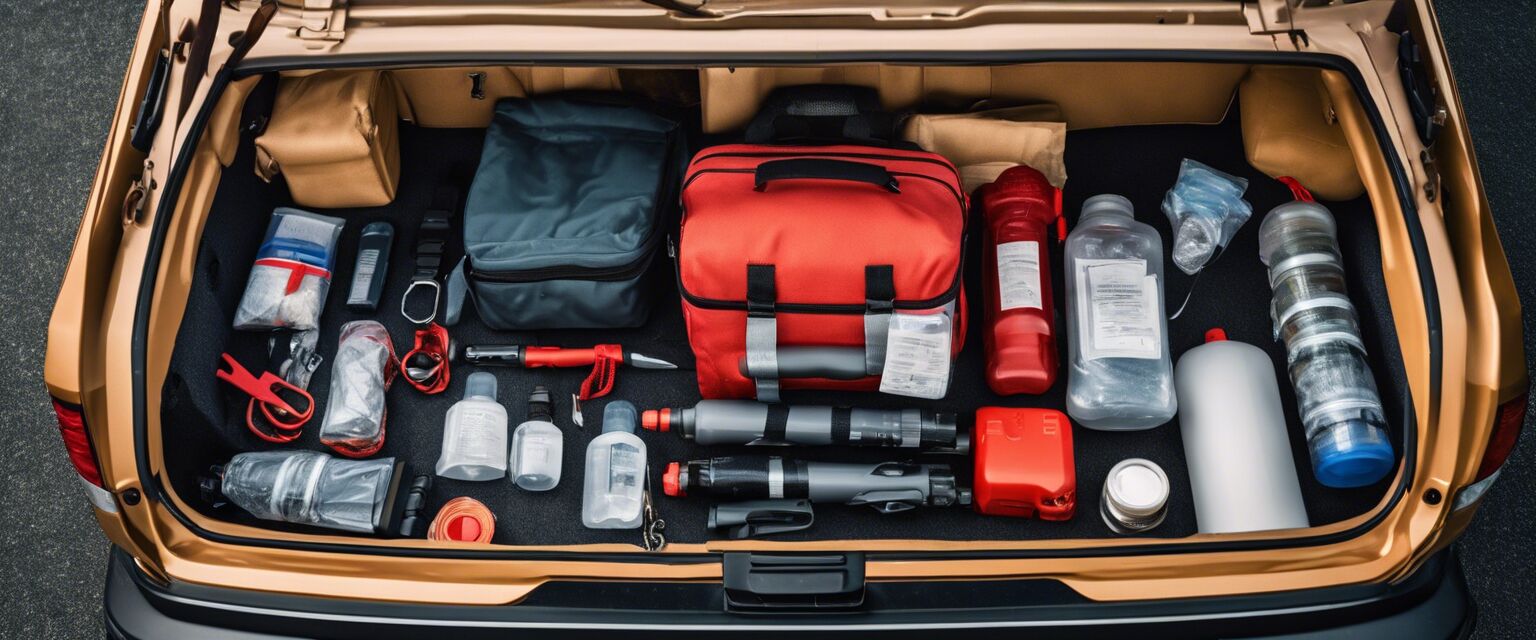
Safe Driving Practices for Families
Key Takeaways
- Ensure all passengers are wearing their seatbelts.
- Utilize appropriate car seats for children based on age and weight.
- Stay distraction-free while driving.
- Maintain your vehicle regularly to ensure safety features are working optimally.
- Be prepared for emergencies with a well-stocked kit.
Driving with family, especially when young passengers are involved, requires special attention to safety. This article will guide you through various safe driving practices that are essential for ensuring the well-being of all passengers in your vehicle.
Understanding car seats and child safety accessories
Using the correct car seat is crucial. Hereâs a breakdown of the types of car seats based on your childâs age:
| Age Group | Recommended Car Seat Type | Details |
|---|---|---|
| Infants (0-1 year) | Rear-facing car seat | Provides optimal head and neck support. |
| Toddlers (1-4 years) | Forward-facing car seat with harness | Secures the child with a 5-point harness. |
| Young children (4-8 years) | Booster seat | Raises the child so the seat belt fits properly. |
| Older children (8+ years) | Seat belt | Use if the child fits the seat belt properly. |
Importance of child safety accessories

In addition to car seats, families can enhance safety with various child safety accessories. Consider using:
- Back seat mirrors to keep an eye on your children.
- Seat covers designed for easy cleaning and safety.
- Window shades to keep your child cool.
Preparing for emergencies
Driving can be unpredictable, so preparation is key. Hereâs how to build a family-friendly emergency kit:
| Emergency Kit Essential | Description |
|---|---|
| First-Aid Kit | Includes sterile gauze, adhesive bandages, antiseptic wipes, and scissors. |
| Flashlight | A reliable flashlight with fresh batteries for roadside emergencies. |
| Blanket | A warm blanket for cold nights or emergencies. |
| Non-perishable snacks | Energy bars or trail mix for long trips. |
| Water | Bottled water to stay hydrated. |
Emergency actions to take
If you face an emergency while driving, follow these steps:
- Pull over safely to the side of the road.
- Turn on your hazard lights.
- Assess the situation; contact emergency services if needed.
- Start using your emergency kit as necessary.

Regular vehicle maintenance for safety
Ensuring your vehicle is in top condition is vital for safe driving. Consider these maintenance tips:
- Check tire pressure regularly.
- Change oil as per manufacturer recommendations.
- Inspect brakes and headlights routinely.
How to perform a simple vehicle safety check
Hereâs a quick checklist to perform a safety check before driving:
- Inspect tires for wear and proper inflation.
- Check all lights: headlights, taillights, and turn signals.
- Monitor fluid levels, including oil and coolant.
Beginners Section
For those new to driving with children, consider these tips:
- Plan your route ahead of time, avoiding potential hazards.
- Practice driving without distractions such as loud music.
- Set a schedule that accommodates breaks for your children during long trips.
Pros
- Increased focus on child safety.
- Better preparedness for unexpected situations.
- Improved vehicle reliability through regular maintenance.
Cons
- Requires time and effort to maintain safety equipment.
- Cost associated with purchasing car seats and safety accessories.
Staying distraction-free while driving
A key aspect of safe driving involves minimizing distractions. Here are some recommendations:
- Avoid using mobile phones; utilize hands-free devices if necessary.
- Set your GPS before starting your journey.
- Take breaks during long drives to reduce fatigue.
Final thoughts on family driving safety
By implementing these safe driving practices, youâll ensure the well-being of everyone in your vehicle. Always stay vigilant, prepared, and focused while drivingâa safe family begins with a safe driver.
For more information on family car safety, explore our full range of Car Seats, Child Safety Accessories, Emergency Kits, Interior Cleanliness, Tech Gadgets, and Tire Safety.








